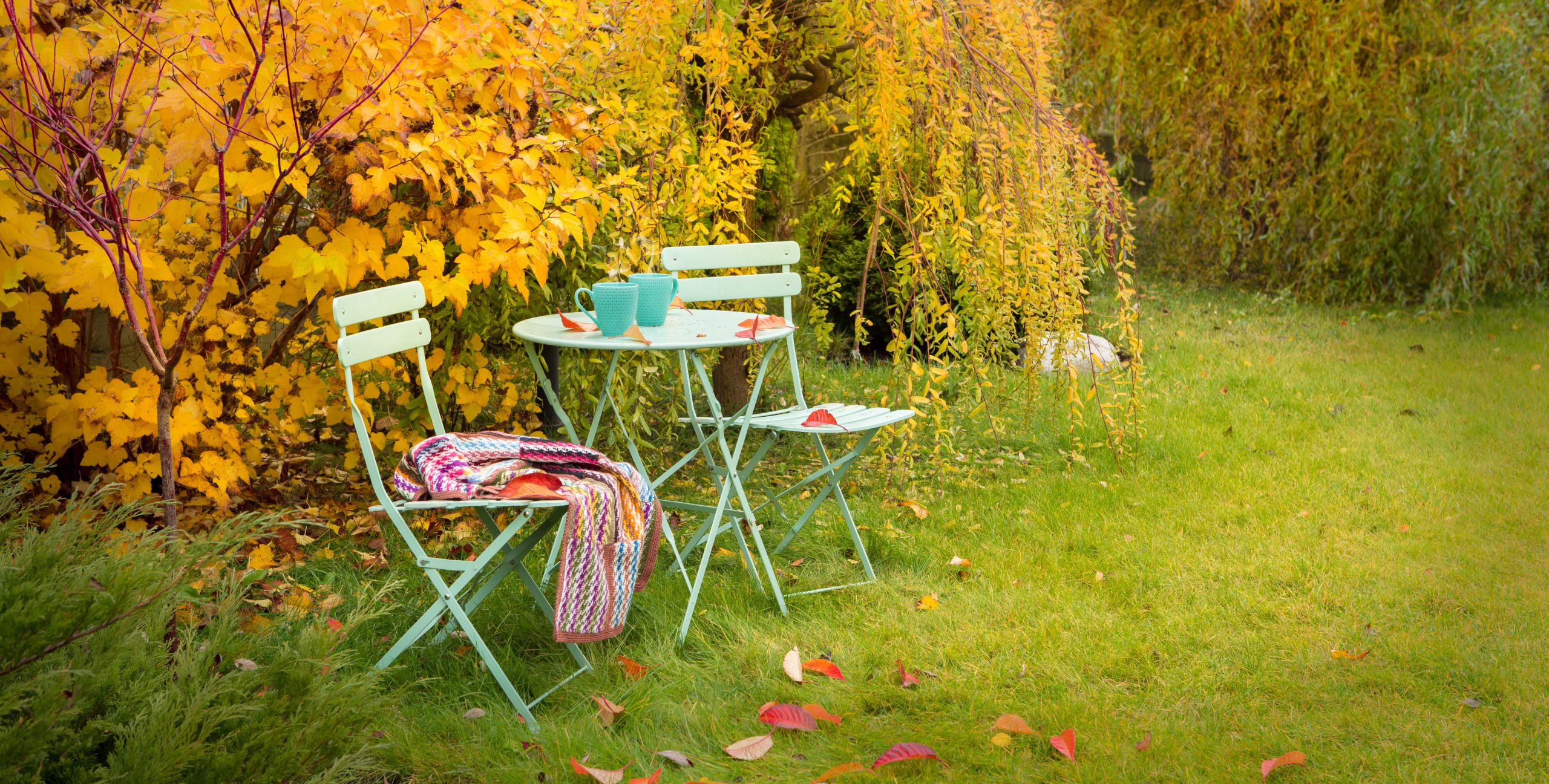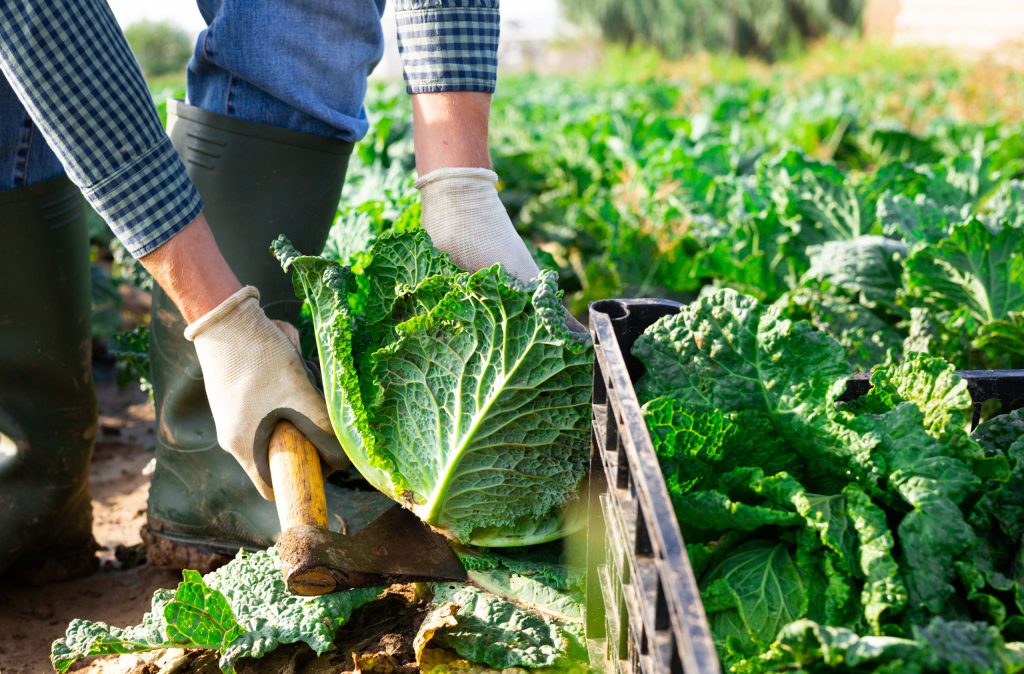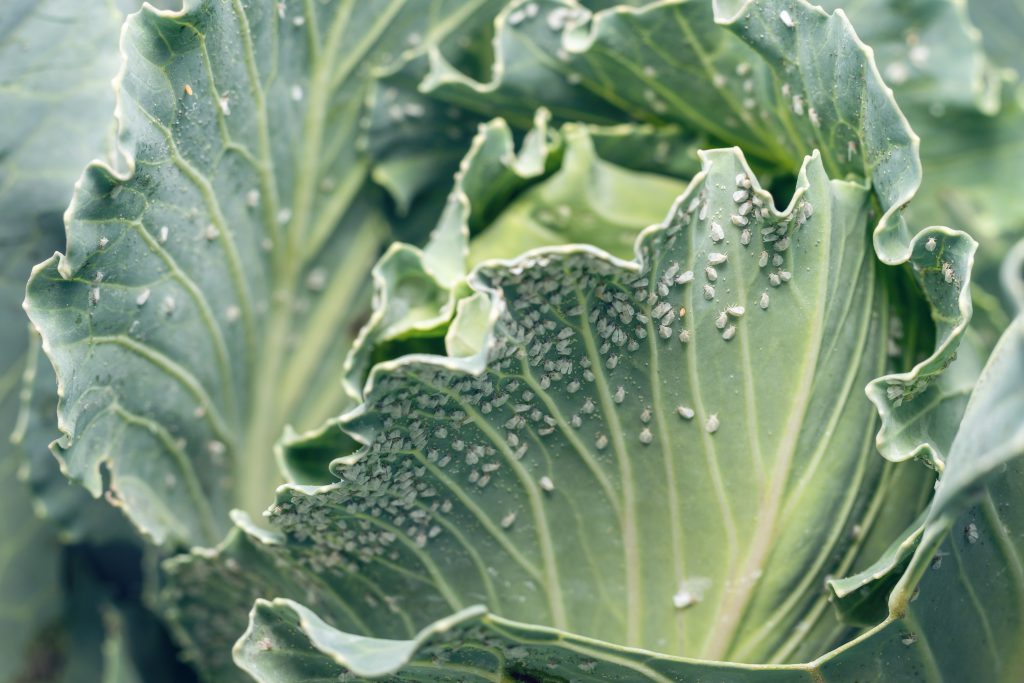Monthly Archives: September 2023
Your September Advice – Autumn Edition

Can you feel Autumn approaching? Golden evenings filled with candles, a cosy cup of hot chocolate and a good book.
Before we get to relaxing, let’s sort out the garden.
September Gardening Jobs
- Divide herbaceous perennials
- Pick autumn raspberries
- Collect and sow seed from perennials and hardy annuals
- Dig up remaining potatoes before slug damage spoils them
- Net ponds before leaf fall gets underway
- Keep up with watering of new plants, using rain or grey water if possible
- Start to reduce the frequency of houseplant watering
- Clean out cold frames and greenhouses so that they are ready for use in autumn
- Cover leafy vegetable crops with bird-proof netting
- Plant spring-flowering bulbs
Plants & Flowers

Be sure to have your spring-flowering bulbs ordered or better yet, planted so that you can expect a beautiful bloom come springtime.
Continue to deadhead, water and feed hanging baskets to take them right up into mid autumn!
Deadhead plants such as roses, delphiniums, dahlias and penstemons to keep their colour for longer into the month.
Bring tender plants like fuchsias, gazanias, lantanas and abutilons before frost causes damage.
Fruits & Vegetables

Vegetables to plant in September
- Cabbages, salads, peas and beans
- Garlic
- Turnips
- Spring onions
- Shallots
Fruit to plant in September:
Strawberries – The planting season tends to run from June to September, but August – September is the best time to plant this delicious red fruit to give it enough time to develop a good root system before winter arrives.
Lawn Care

1. Scarify
Scarifying simply means raking up dead grass and moss to reduce layers of thatch. this is so that the thatch will not prevent water and fertiliser form getting through to the roots and soil
2. Trim back lawn and bed edges
During the summer of warmth and sunshine, your lawn edges may have gotten a little bit overgrown, this makes it the perfect time of year to trim back those lawn edges.
3. Aerate your lawn
The process of aerating is spiking the lawn to allow more air (and nutrients including water) to get to the grass roots. Aeration will also help your lawn survive through more extreme conditions such as waterlogging or drought.
4. Fork compacted areas
Due to heavy traffic in the summer, the lawn will need forking to break up the soil and improve the drainage when the rain starts to pour. Ensure that you push the fork four to six inches to the ground to get the proper aeration and drainage.
5. Apply Autumn Weed & Feed product
Once your lawn is treated and in pristine condition, it’s important to get some lawn feed down to ensure that the roots are still growing strong throughout the winter.
Pests & Disease

Warm and damp weather is the perfect combination for pests to thrive. Clearing out debris from containers and disposing of old compost (which can harbour soil-borne pests like vine weevil) will go a long way!
Pests to watch out for this Autumn:
- Cabbage Aphids
- Slugs
- Vine weevil
- Brassica whitefly
- Gooseberry sawfly
